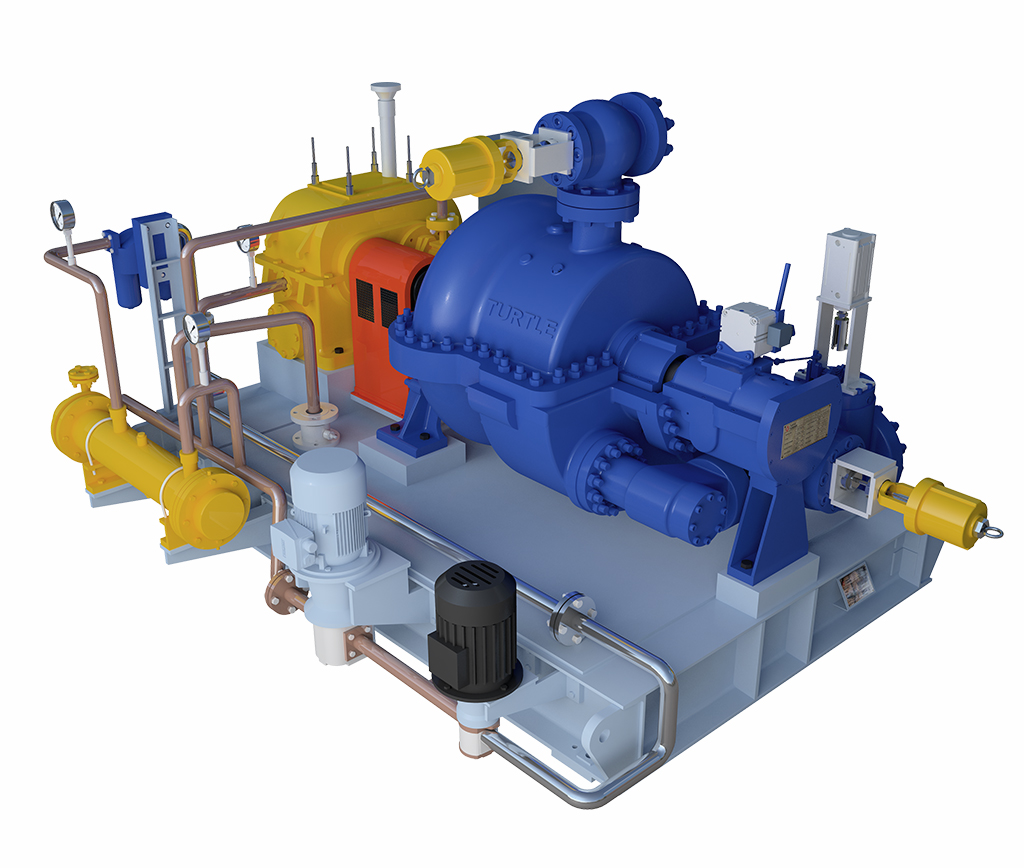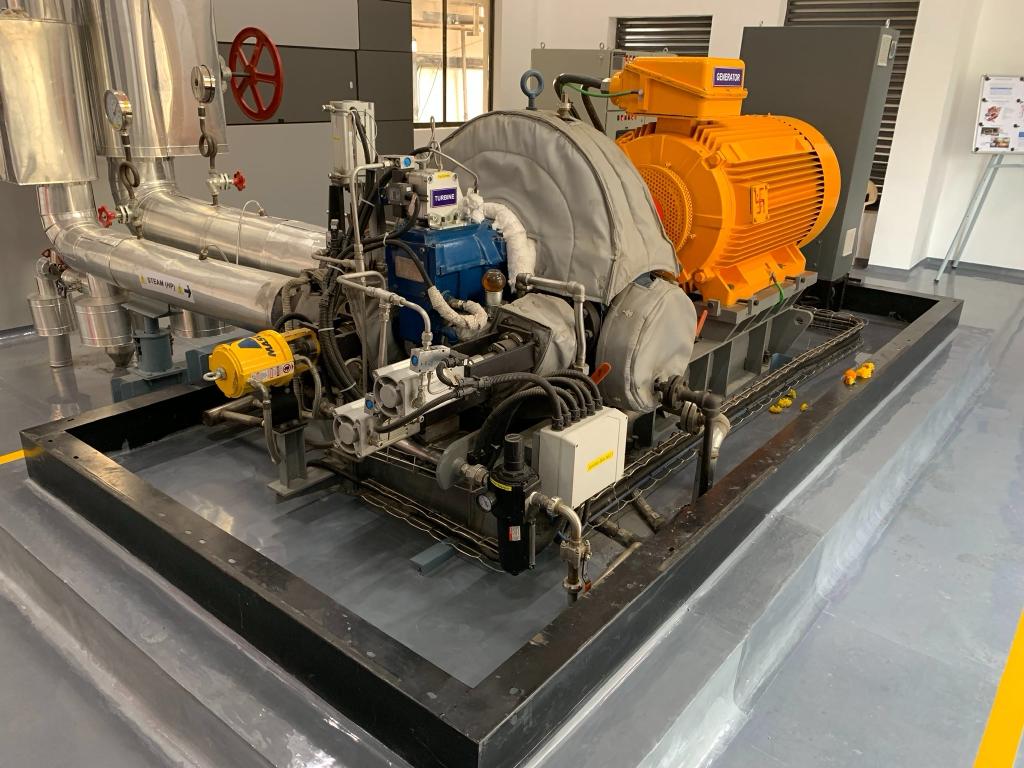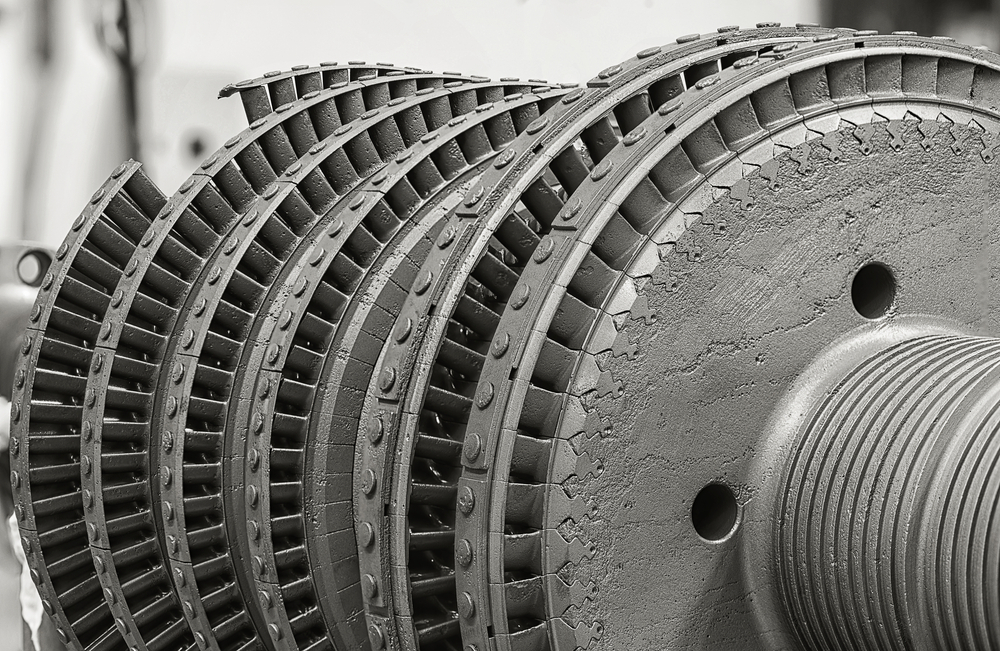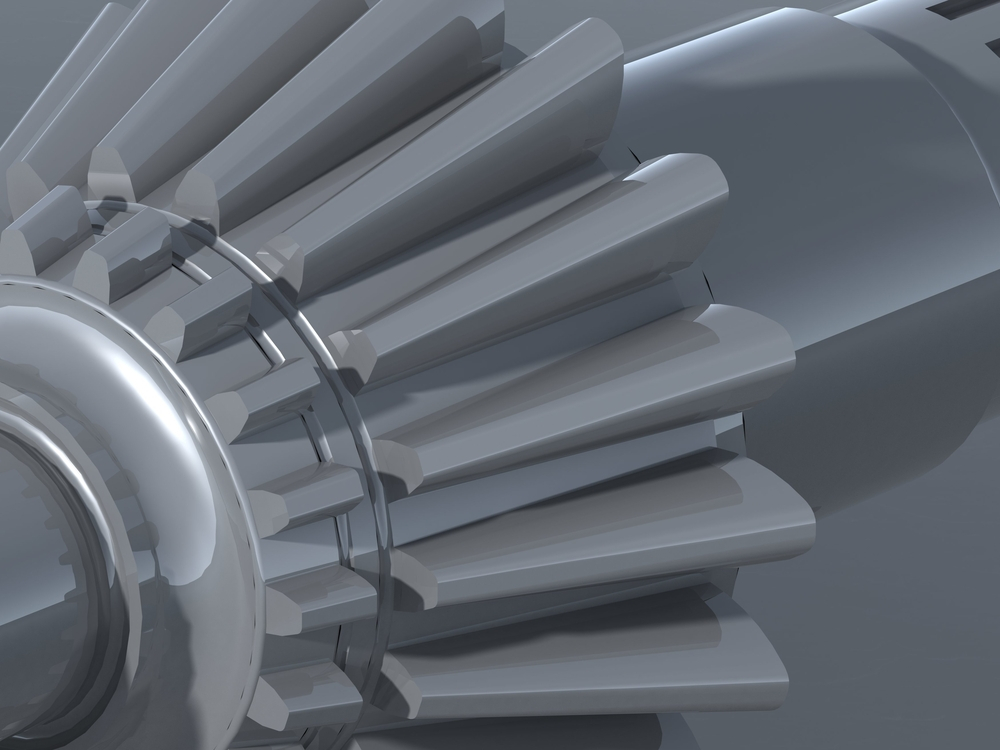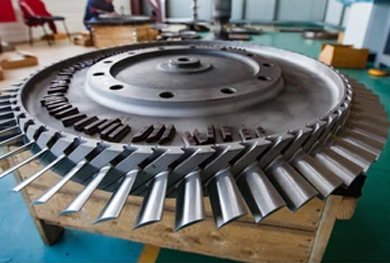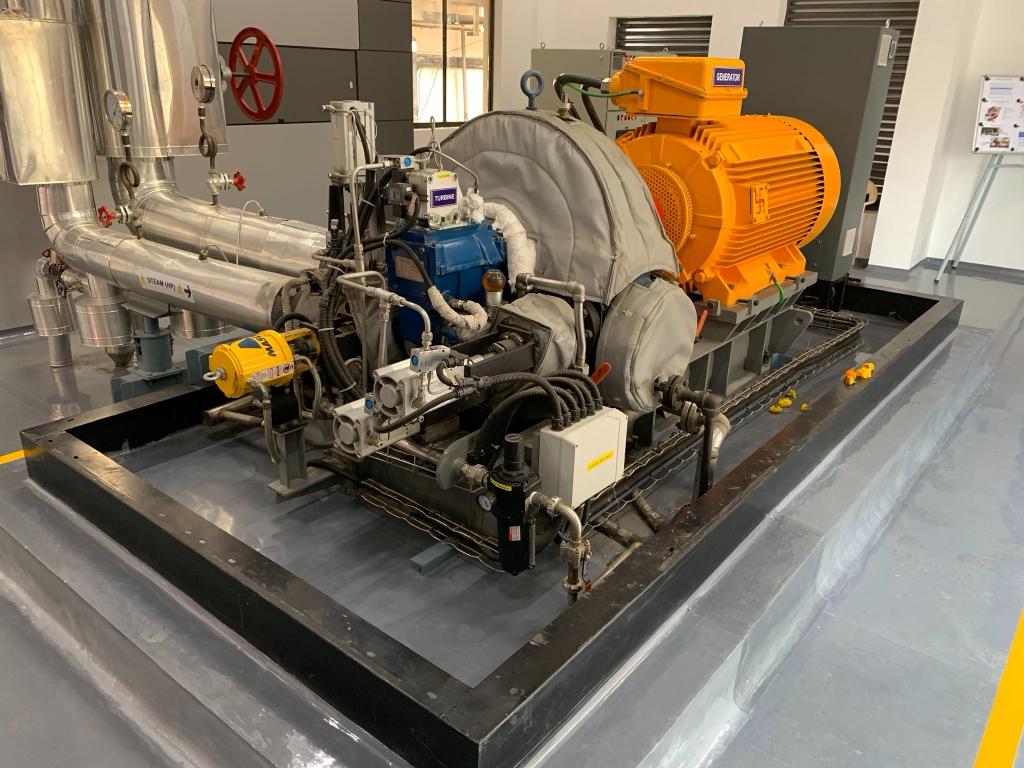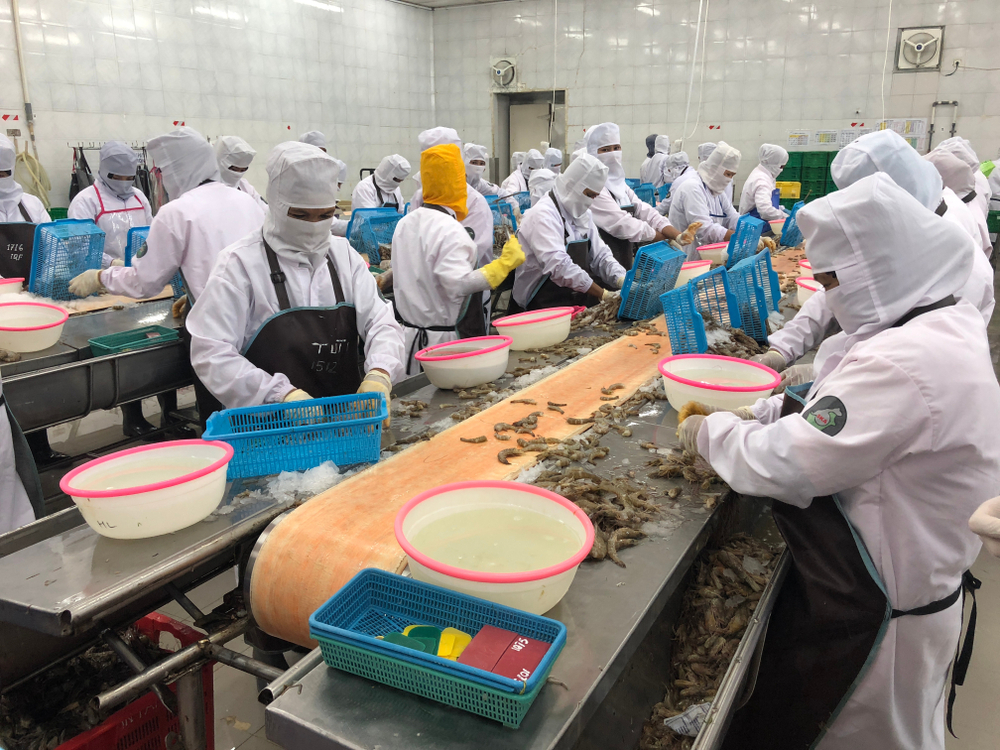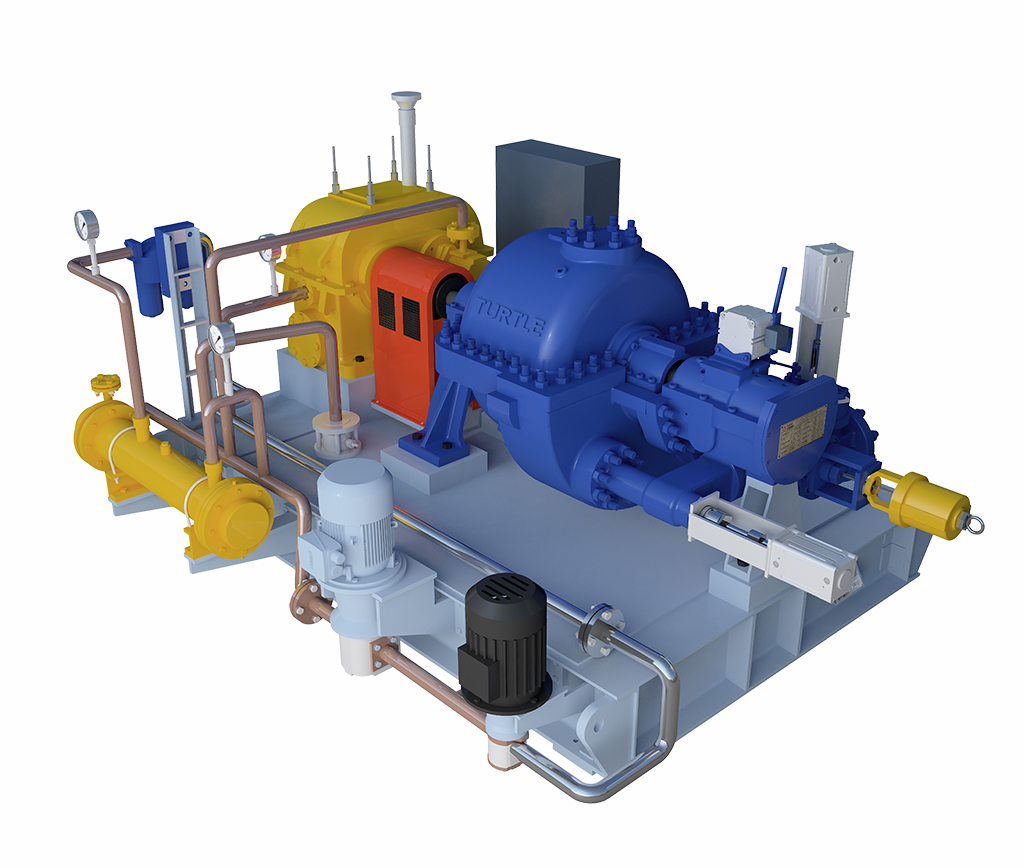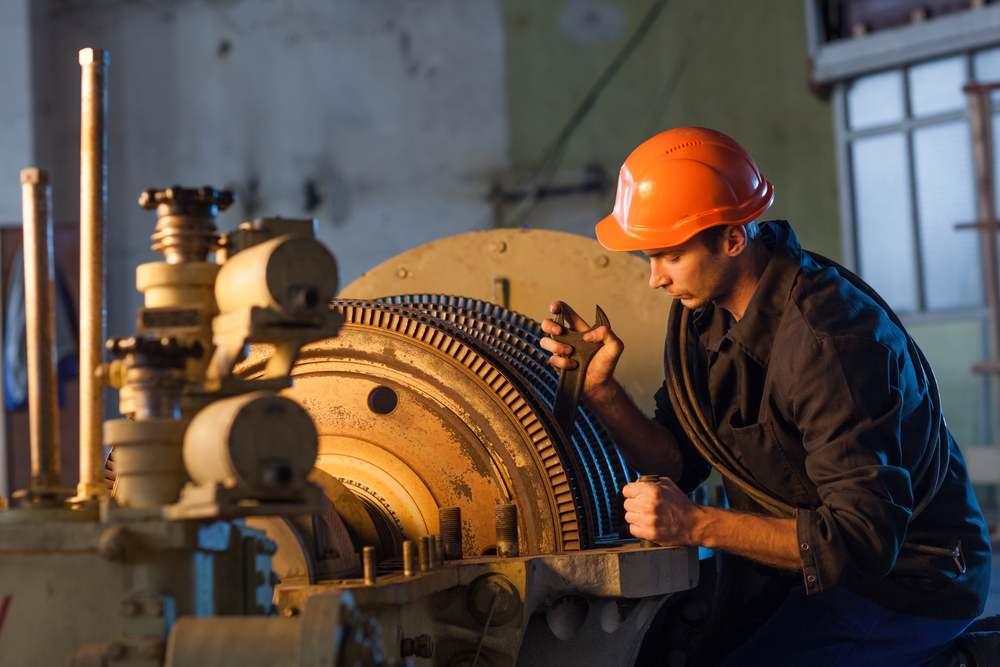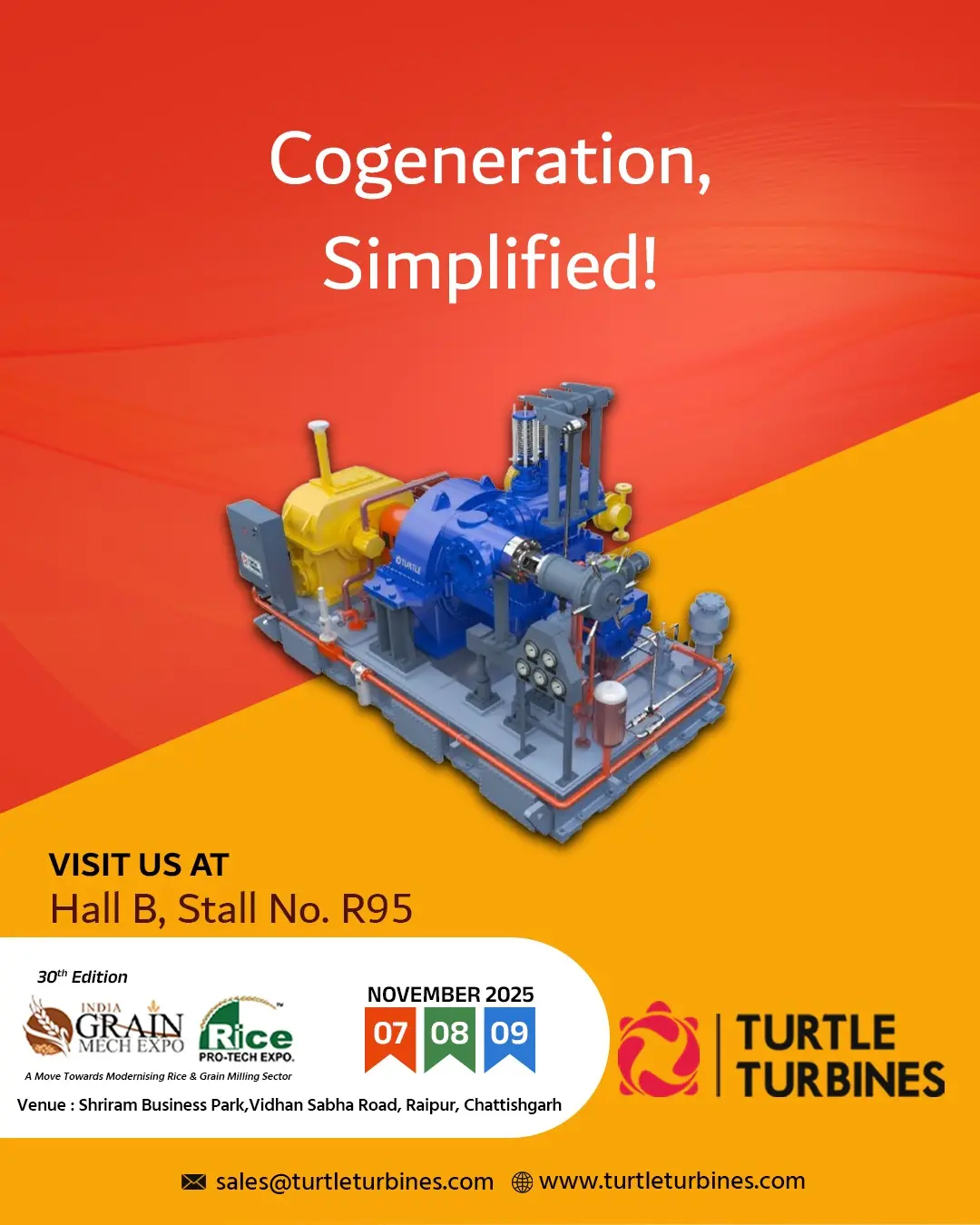Steam Turbines play a very important role in distillery, sugar, Edible oil, Chemical plants, food processing industry, or in industries where the steam is a by-product.
Trigeneration is one of the most attractive options and is even more efficient and economically rewarding than cogeneration. Trigeneration refers to three energies and is defined as the simultaneous production of heat and power, just like cogeneration, except trigeneration, which takes cogeneration one step further by also producing chilled water for air conditioning or the process used with the addition of absorption or adsorption chillers.
Trigeneration is also called CHP (combined heating, cooling, and power). Building cooling, heating, and power and integrated energy systems, permits even greater operational flexibility in businesses with demand for energy in the form of heating and cooling. There is a number of benefits to trigeneration including onsite, high-efficiency production of electricity and heat. Reuse existing cogeneration to reduce electricity consumption, reduce emissions and reduce costs substantially. Trigeneration systems are found in commercial applications typically where there is a need for air conditioning or chilled water by the customer.

When a trigeneration power system is installed on-site, that is, where the electrical and thermal energy is needed by the customer so that the electrical energy does not have to be transported hundreds of miles away, and the thermal energy is fully utilized, system efficiencies can reach and surpass 90%.
Onsite trigeneration plants are much more efficient, economically sound, and environmentally friendly than typical central power plants. Because of this, customers’ energy expenses are significantly lower, and the associated pollution is also much less than if the customer had an energy system supplied with electricity from the grid, along with water heaters and boiler systems onsite.
Trigeneration, when compared to combined cycle cogeneration, can be up to 50% more efficient, further reducing operating costs, fuel expenses, and environmental pollutants. Trigeneration systems for commercial buildings are very profitable investments for building owners. Trigeneration systems help not only the building owner but also benefit society in a number of ways including, increased power reliability, reduce power requirements on the electric grid, and Reduced dependence on foreign oil.
“Turtle Turbines has supplied Steam Turbines for Trigeneration Application with Lithium Bromide Vacuum Absorption Machines VAM Chillers of Thermax Ltd.,”
